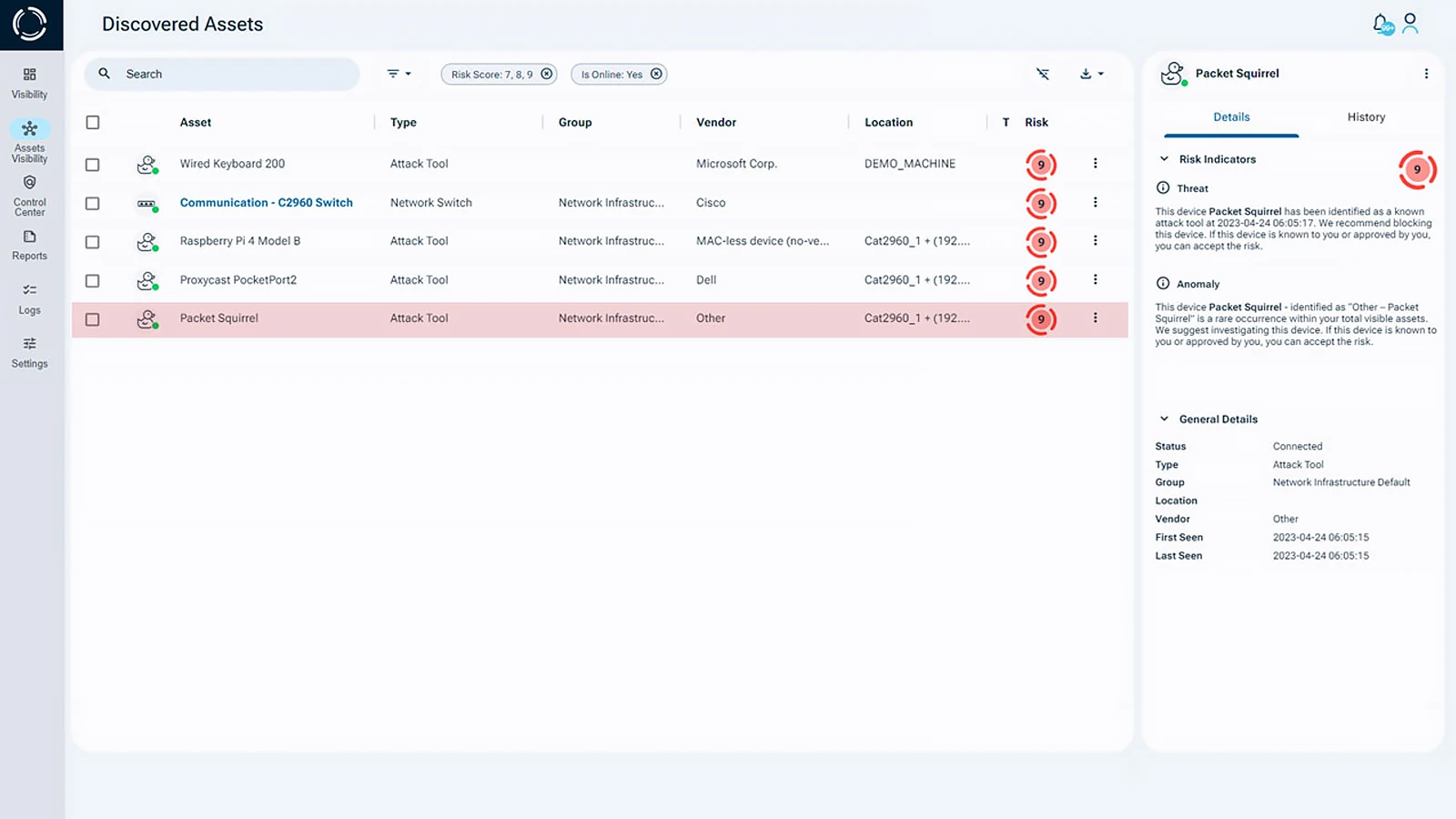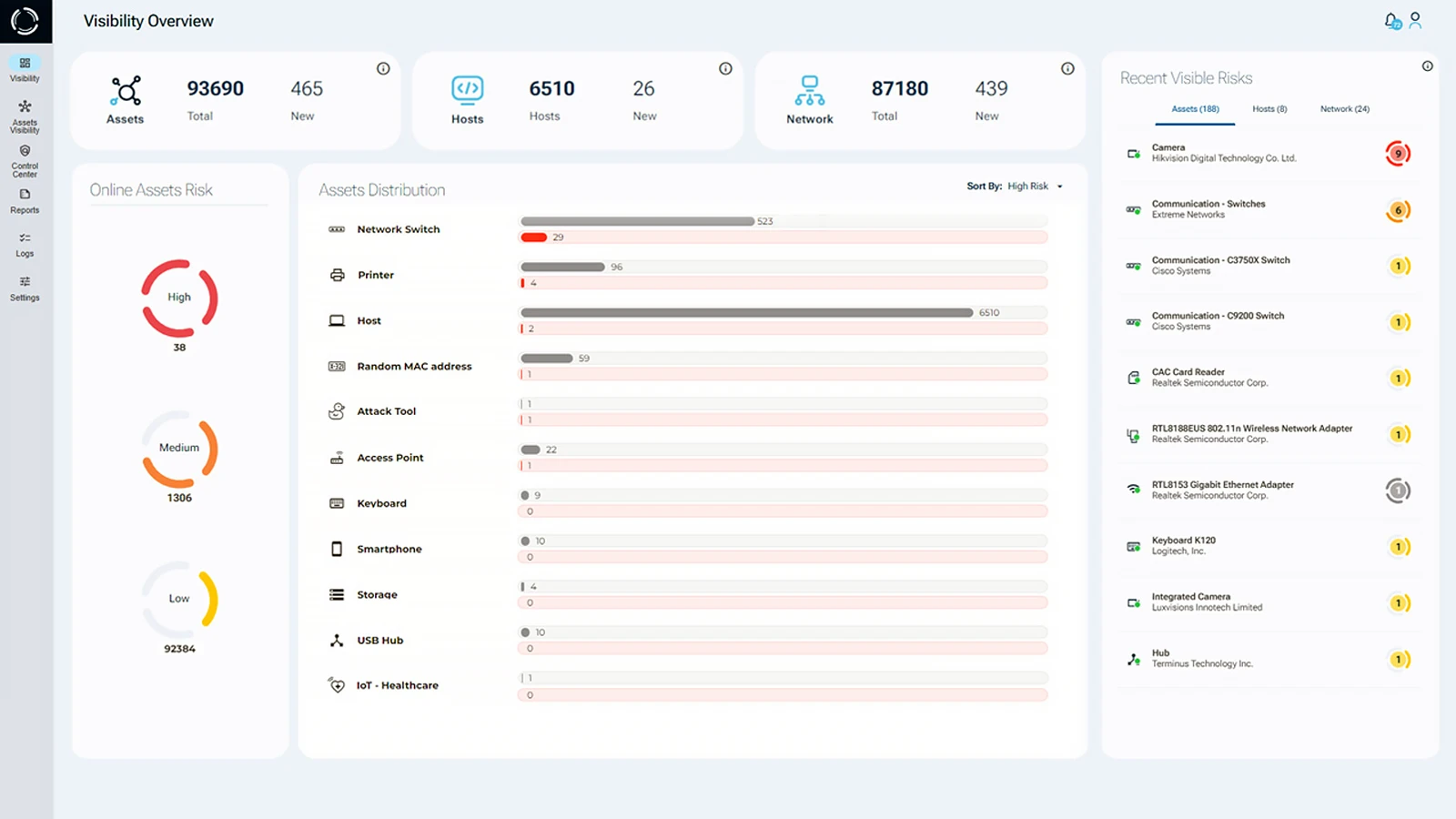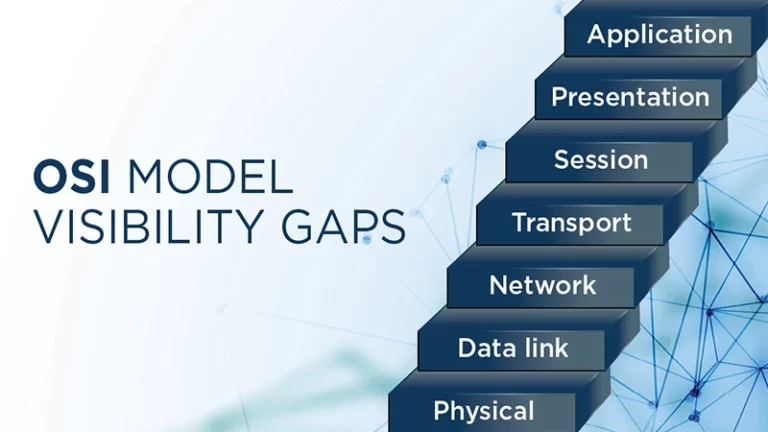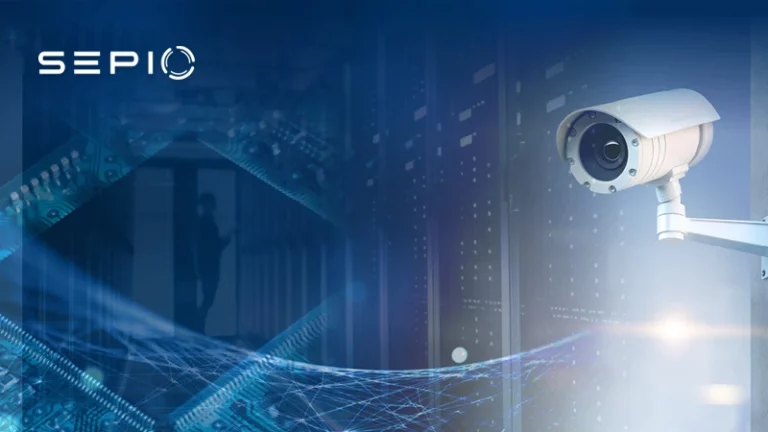What is Smart Building Cybersecurity?
Smart building cybersecurity is the practice of protecting the interconnected technologies and digital systems within modern buildings from cyber threats. As urban environments increasingly adopt Industry 4.0 principles, smart building solutions use IoT devices and advanced technologies to manage functions like energy usage, access control, lighting, HVAC systems, and physical security. While these innovations improve efficiency and sustainability, they also introduce new vulnerabilities that cybercriminals can exploit.
Effective smart building cybersecurity involves securing all connected devices with authentication and encryption, continuously monitoring network activity, and ensuring secure data communication. It also includes educating staff and occupants on best practices to reduce human error, a common attack vector.
The impact of securing smart buildings extends beyond individual facilities. As these structures become integral to broader smart city ecosystems, strong cybersecurity for smart buildings helps safeguard public infrastructure, ensuring safer, more resilient, and trustworthy communities.
Smart Building Cybersecurity Risks
Smart building cybersecurity is a growing concern as these environments rely on IoT devices for seamless operation. However, this reliance also amplifies cybersecurity risks. Each connected device introduces a potential attack vector, and many IoT devices lack robust built-in security, making them prime targets for cyber threats. In a smart building, compromising a single device can trigger a cascading failure, jeopardizing the entire network and leading to severe operational and safety consequences (as illustrated by The Tale of Three Buckets).
What are the Main Cybersecurity Risks in Smart Buildings?
One of the biggest challenges in smart building cybersecurity is the lack of visibility into IoT assets. An alarming 75% of organizations struggle to manage IoT risks due to limited asset visibility. Traditional security solutions like Network Access Control (NAC) and Intrusion Detection Systems (IDS) fall short because they operate at the software level and lack Layer 1 (physical layer) awareness.
Layer 1 visibility is crucial for detecting rogue or hidden devices. While NAC enforces access policies and IDS scans for suspicious traffic patterns, neither can detect rogue hardware that physically connects to a network but remains invisible at the software layer. This blind spot allows attackers to exploit endpoints, often through USB drops, unauthorized Wi-Fi devices, or spoofed MAC addresses.
These limitations leave smart buildings exposed to threats that are difficult to identify and nearly impossible to eliminate without full asset awareness.

How Rogue Hardware Compromises Operational Integrity?
For hardware-based attackers, smart buildings present an attractive target. Many IoT devices that are not 802.1X compliant can easily gain unapproved network access by spoofing a legitimate MAC address, underscoring the urgent need for comprehensive smart building cybersecurity measures.
The attack surface is broad. From lobby kiosks and tenant access control panels to IP cameras and HVAC systems, nearly every component offers a potential entry point. A rogue device only needs access to one weak endpoint, often the most accessible one. From there, it can move laterally through the network undetected, leading to deep infiltration where all connected devices become vulnerable. This is a critical concern, as attacks such as ransomware and DDoS can cause IoT downtime, potentially rendering the building inoperable.
The consequences are wide-ranging. In addition to service disruptions and data breaches, these attacks can threaten physical safety by turning off alarms, unlocking doors, or manipulating climate control systems to unsafe levels.
Smart Building Security Solution
Sepio’s platform addresses the root cause of smart building cybersecurity challenges: network asset visibility. Unlike traditional security solutions, Sepio leverages physical layer visibility to provide unparalleled asset awareness, going deeper than any other approach. By creating a digital fingerprint of all devices using multiple Layer 1 parameters and a unique machine learning algorithm, Sepio ensures ultimate visibility across IT, OT, and IoT assets, whether managed, unmanaged, or hidden.
This deep visibility allows Sepio to create a complete and accurate hardware asset inventory. It integrates seamlessly with an enterprise’s Configuration Management Database (CMDB) to support automated asset management. For smart building solutions, full asset visibility and automation are essential. These capabilities strengthen cyber hygiene and reduce hardware-based smart building security risks.

Implementing Zero Trust Hardware Access (ZTHA)
Sepio’s Zero Trust Hardware Access (ZTHA) approach further enhances smart building cybersecurity by enforcing strict hardware access control policies. This framework ensures that even non-802.1X compliant devices, which often introduce security risks, are continuously monitored and managed. By leveraging real-time asset intelligence, Sepio detects unauthorized or anomalous hardware activity before it can pose a threat.
If a device breaks security policies, Sepio’s automatically blocks the threat. This proactive defense follows Zero Trust principles, allowing only verified hardware to operate within smart building environments.
Smart Building Solutions that Prioritize Cybersecurity
Modern smart building solutions must prioritize security from the design phase through daily operation. Whether you’re implementing a new building management system or modernizing an older facility, cyber resilience should be at the core.
Key components of a secure smart building include:
- Comprehensive asset visibility across IT, OT, and IoT systems
- Layer 1 detection for unmanaged or hidden devices
- Automated policy enforcement for rogue hardware
- Ongoing staff training and cyber hygiene practices
- Vendor accountability and third-party risk management
By adopting platforms like Sepio, organizations can meet these requirements while simplifying compliance, reducing risk, and reliable operations.
Security for Smart Buildings with Sepio
Effective smart building cybersecurity requires more than firewalls and software patches. It requires understanding the hardware environment in depth, enforcing granular policies, and closing the physical access loopholes that hackers increasingly exploit.
Sepio’s patented technology gives full visibility into every connected device for smarter, more secure building operations.
Ready to take control of your smart building security? Schedule a demo with Sepio and see how our solutions can protect your infrastructure, support compliance, and reduce cyber risk.
Read the Smart Building Cyber Security white paper (pdf)





